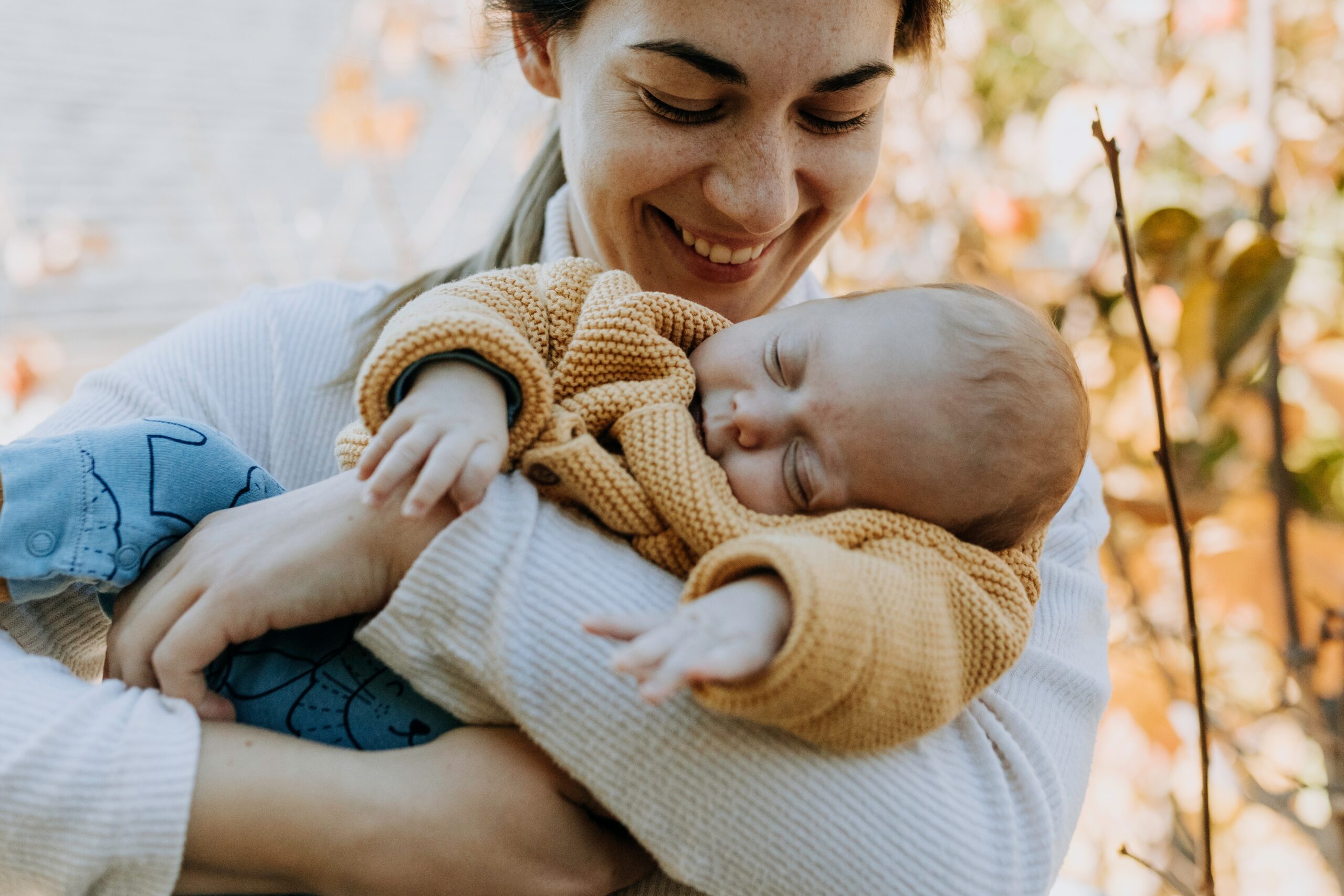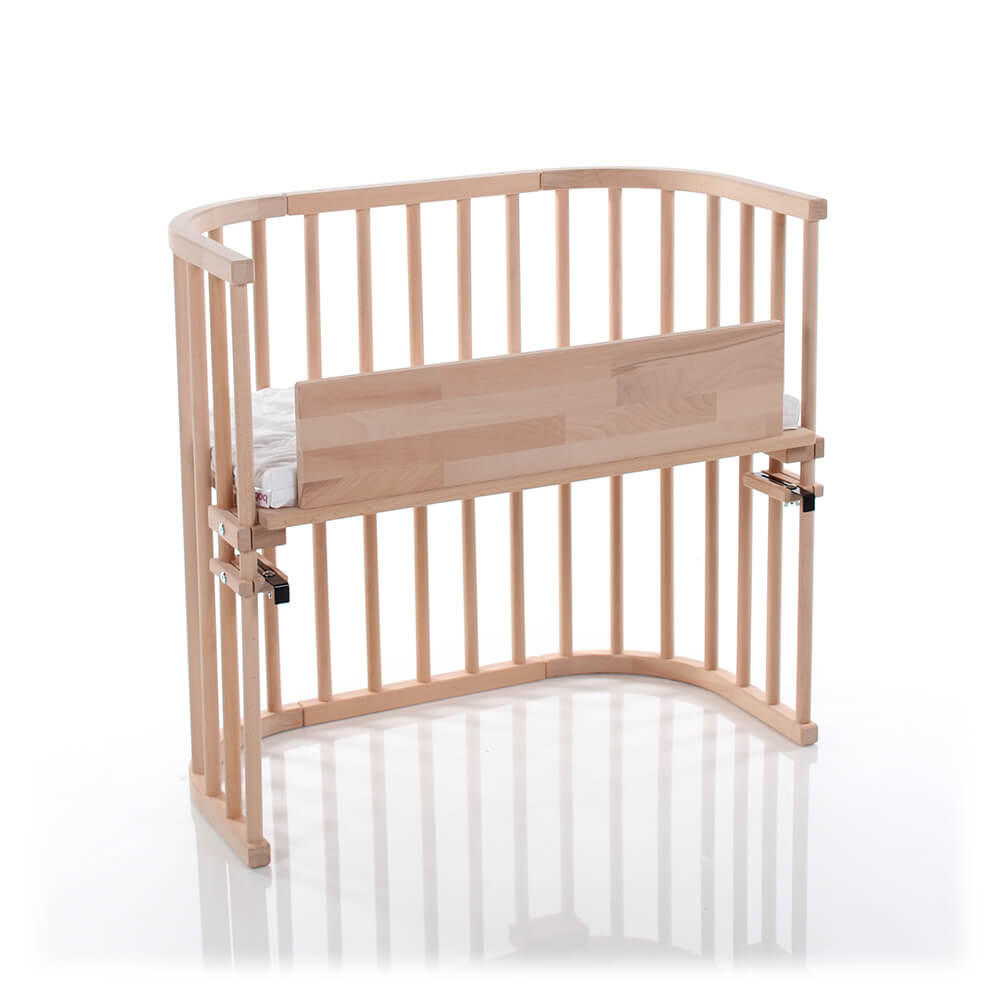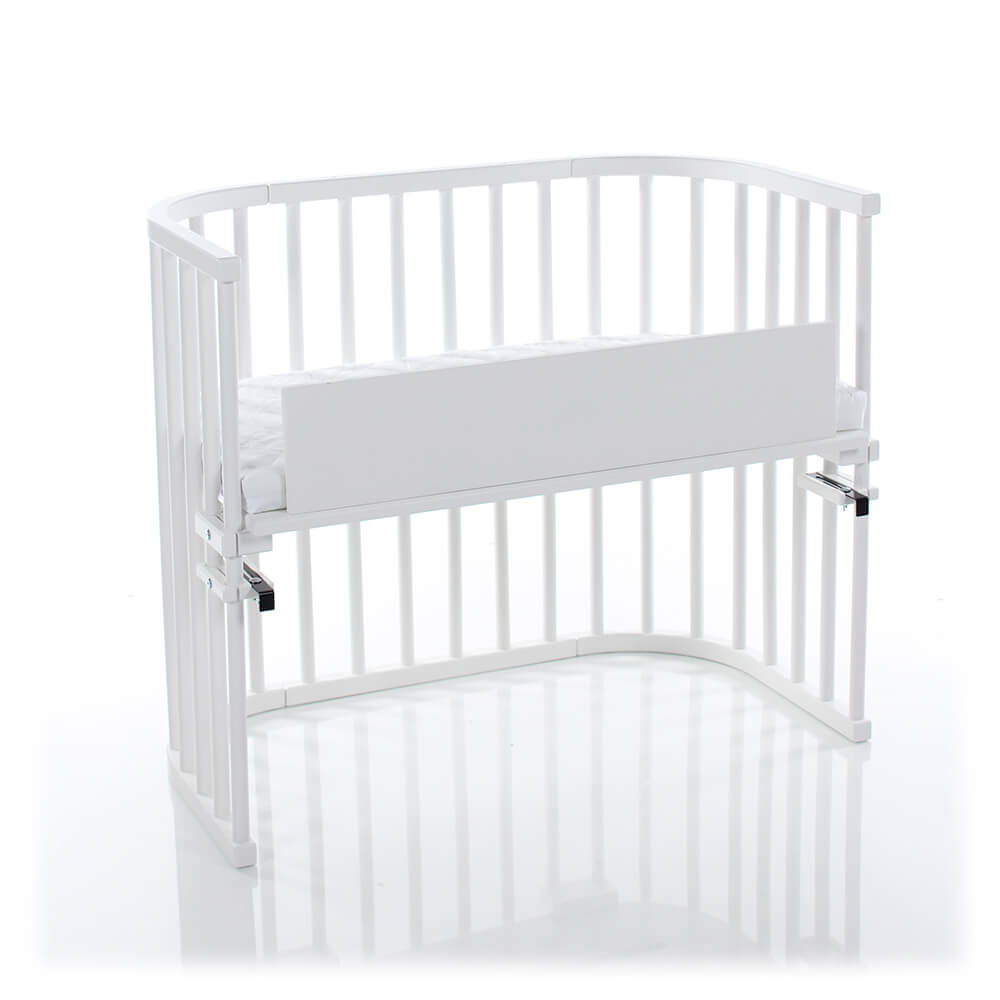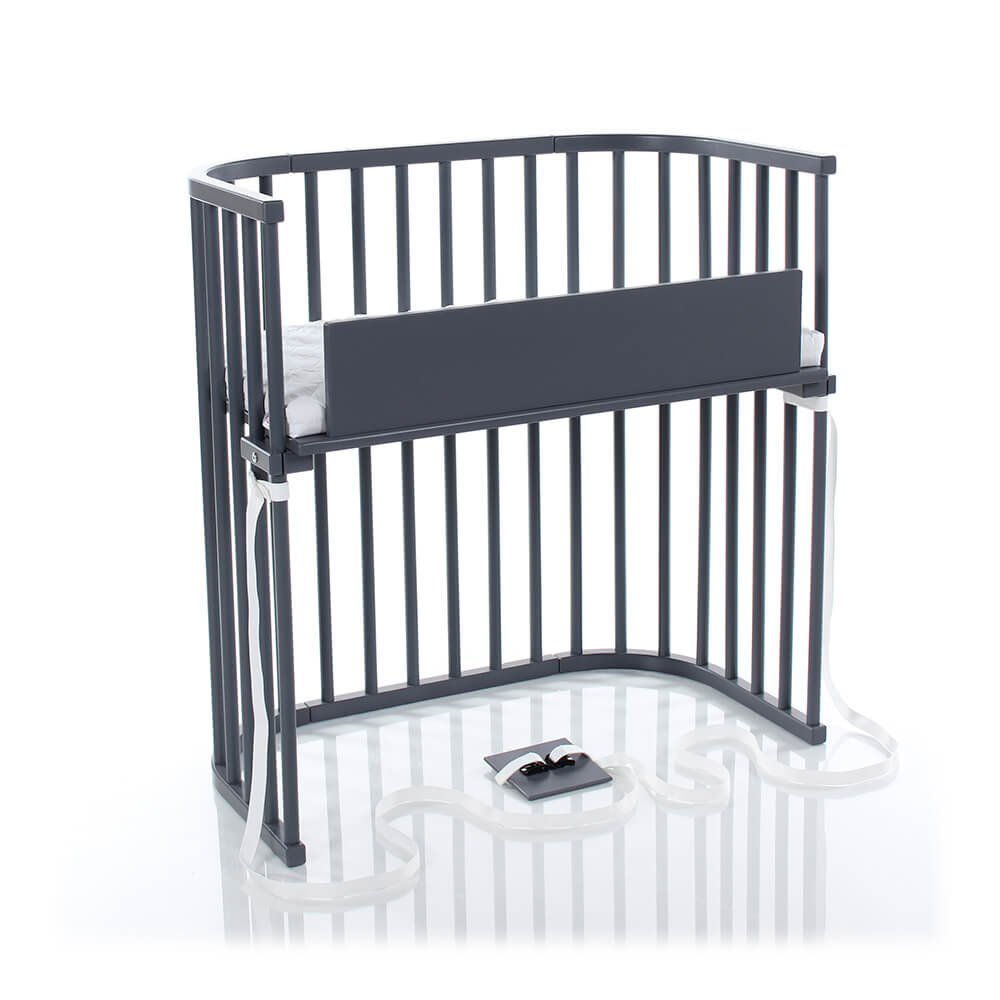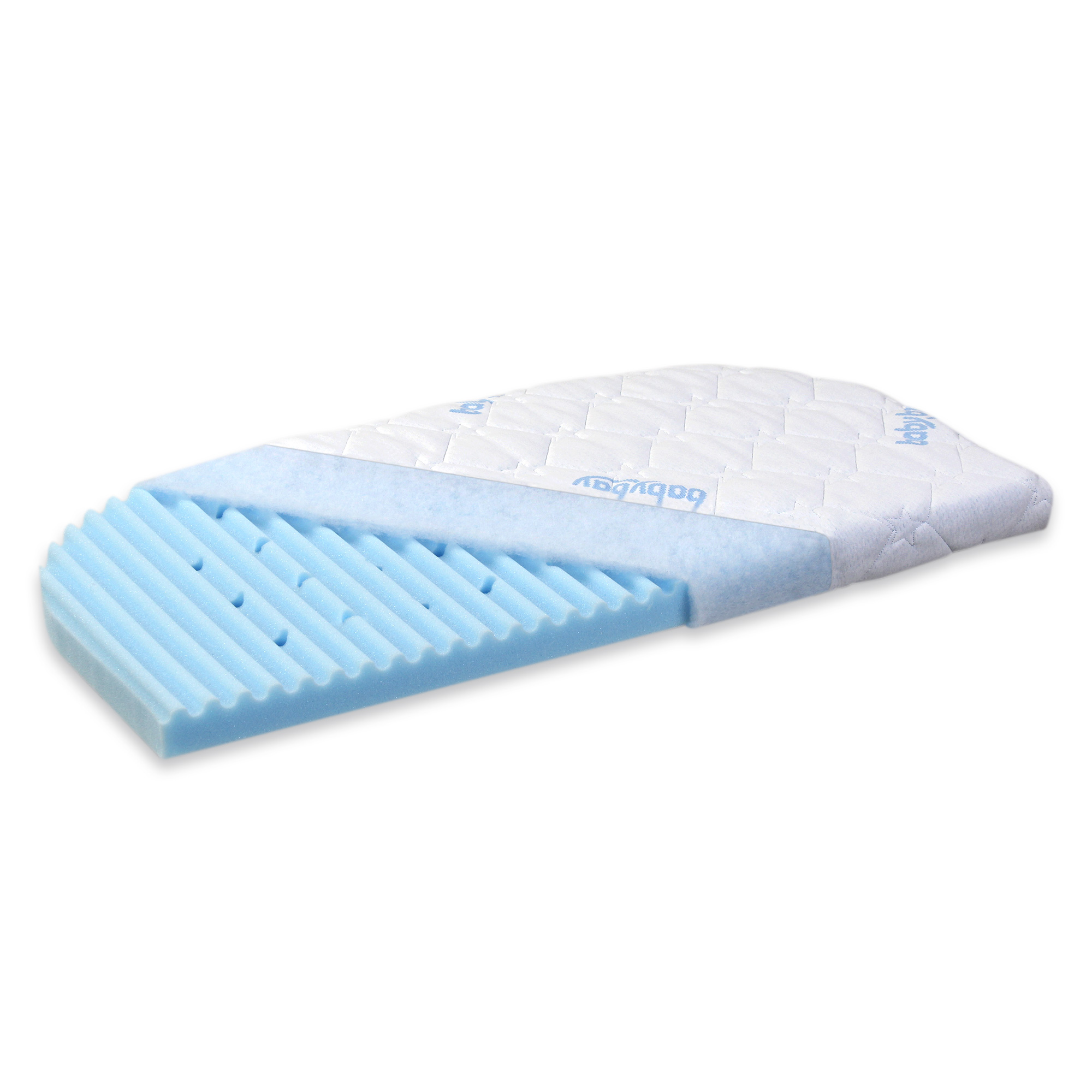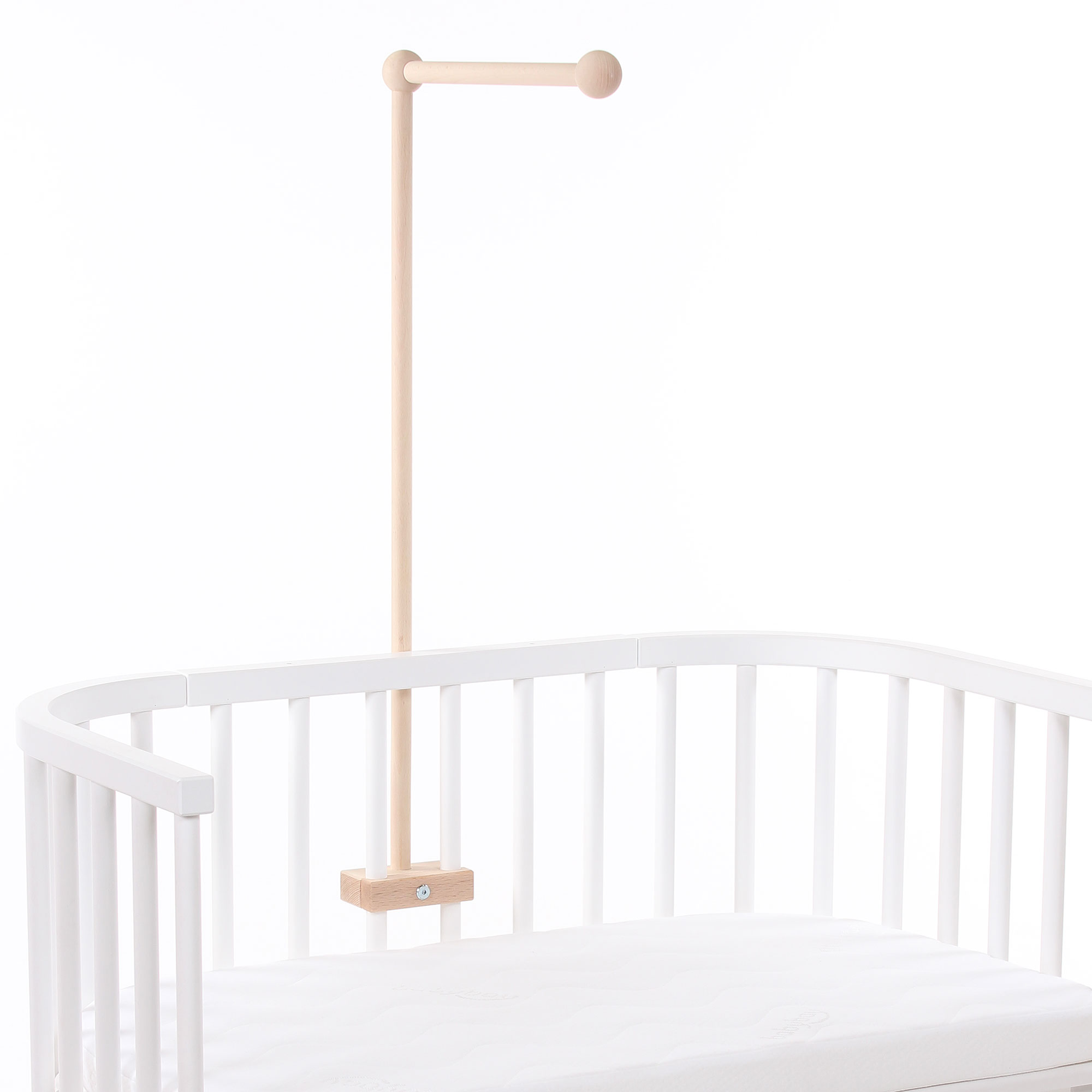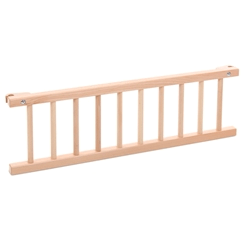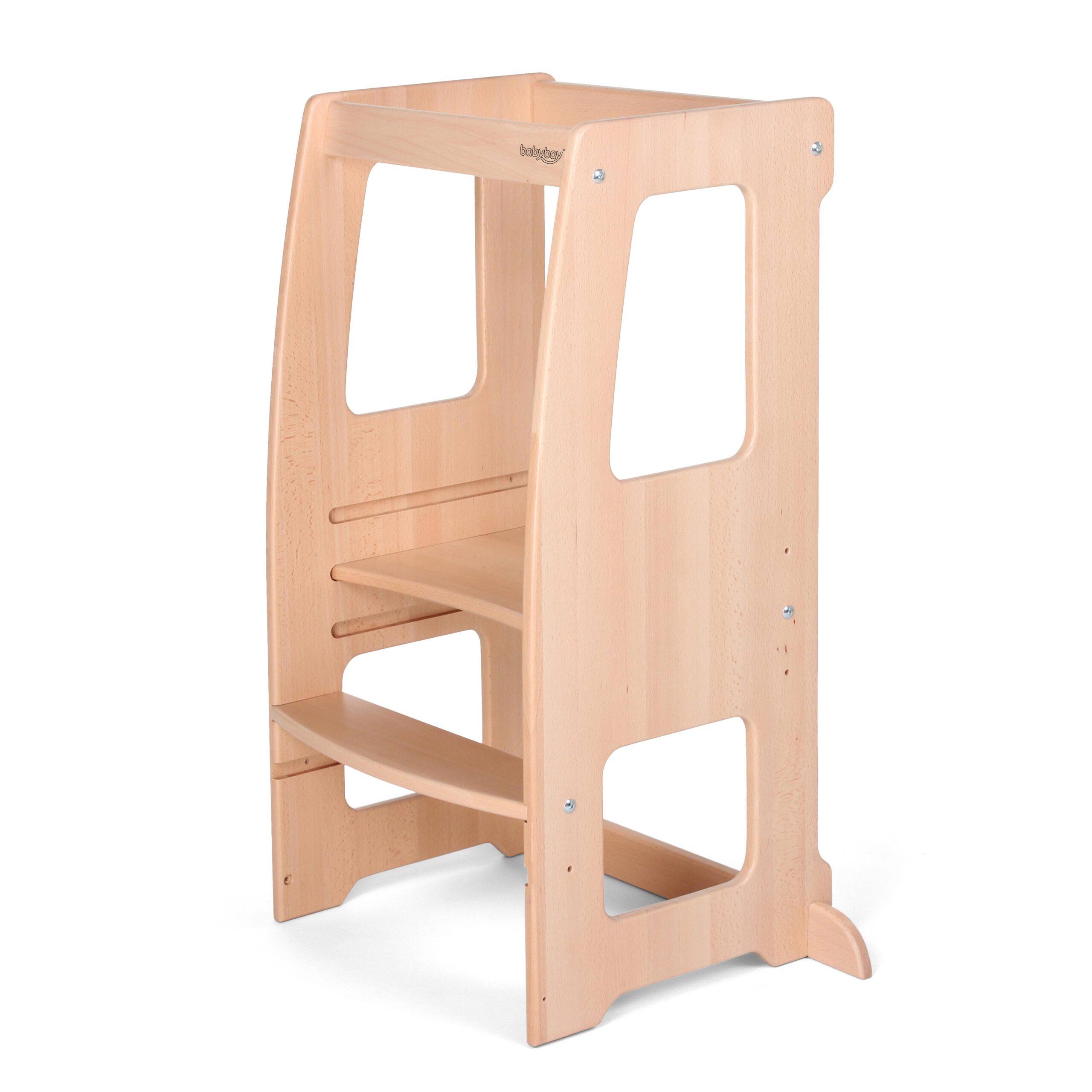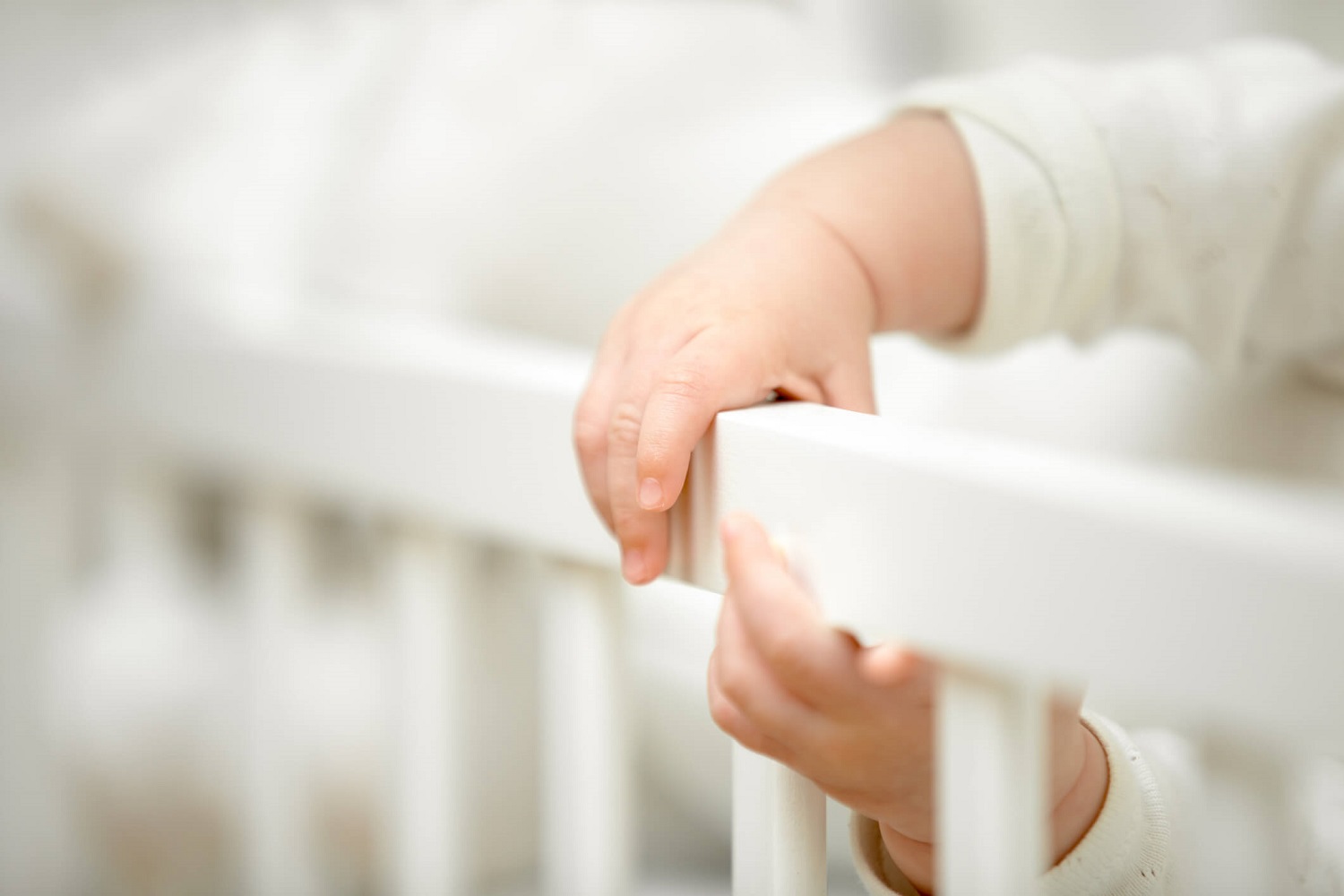
Is Your Baby’s Crib Exposing Them to Toxins? Here’s What You Need to Know
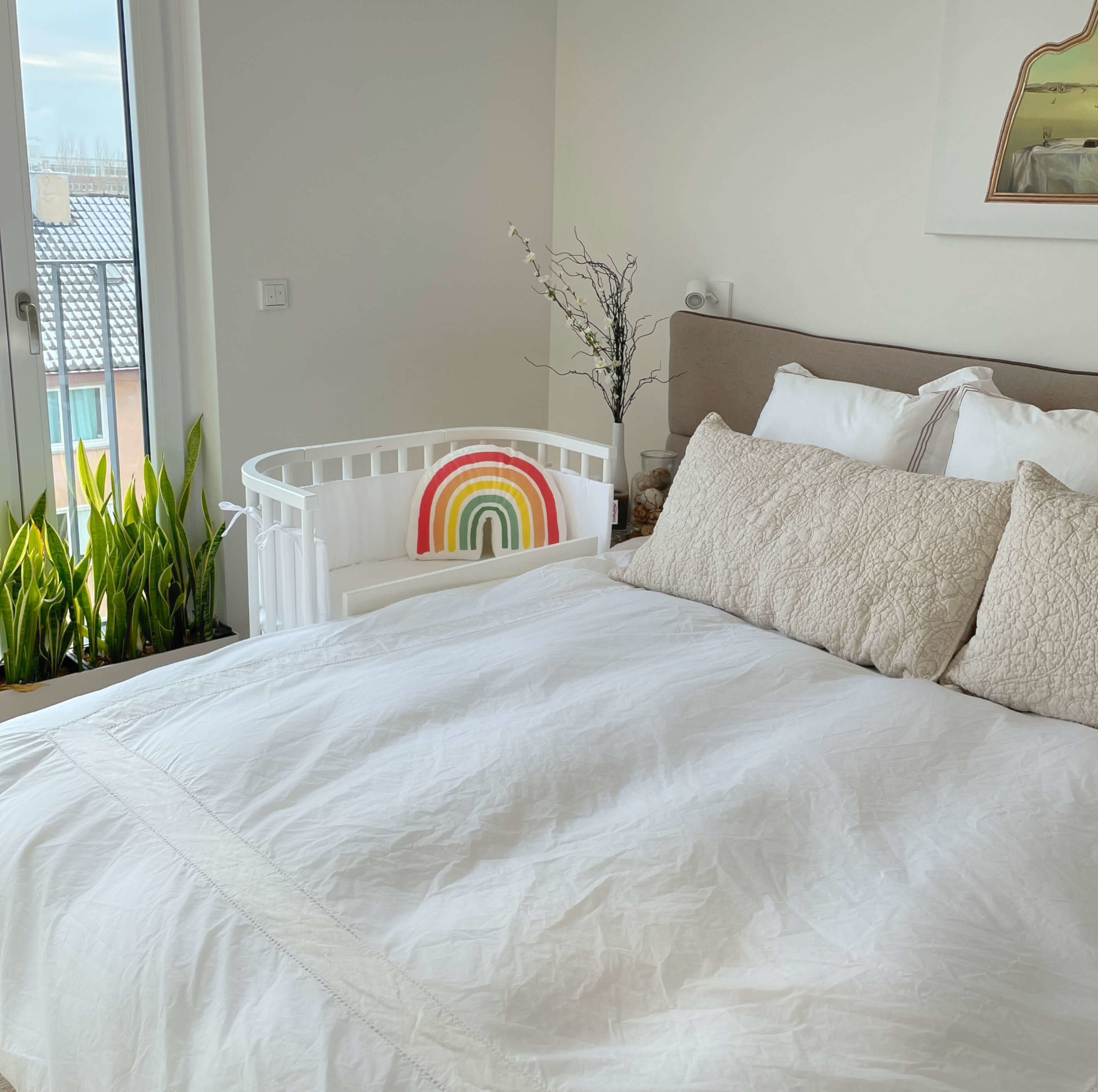
How to Safely Co-Sleep with a Newborn Baby (Fully Without Stress)
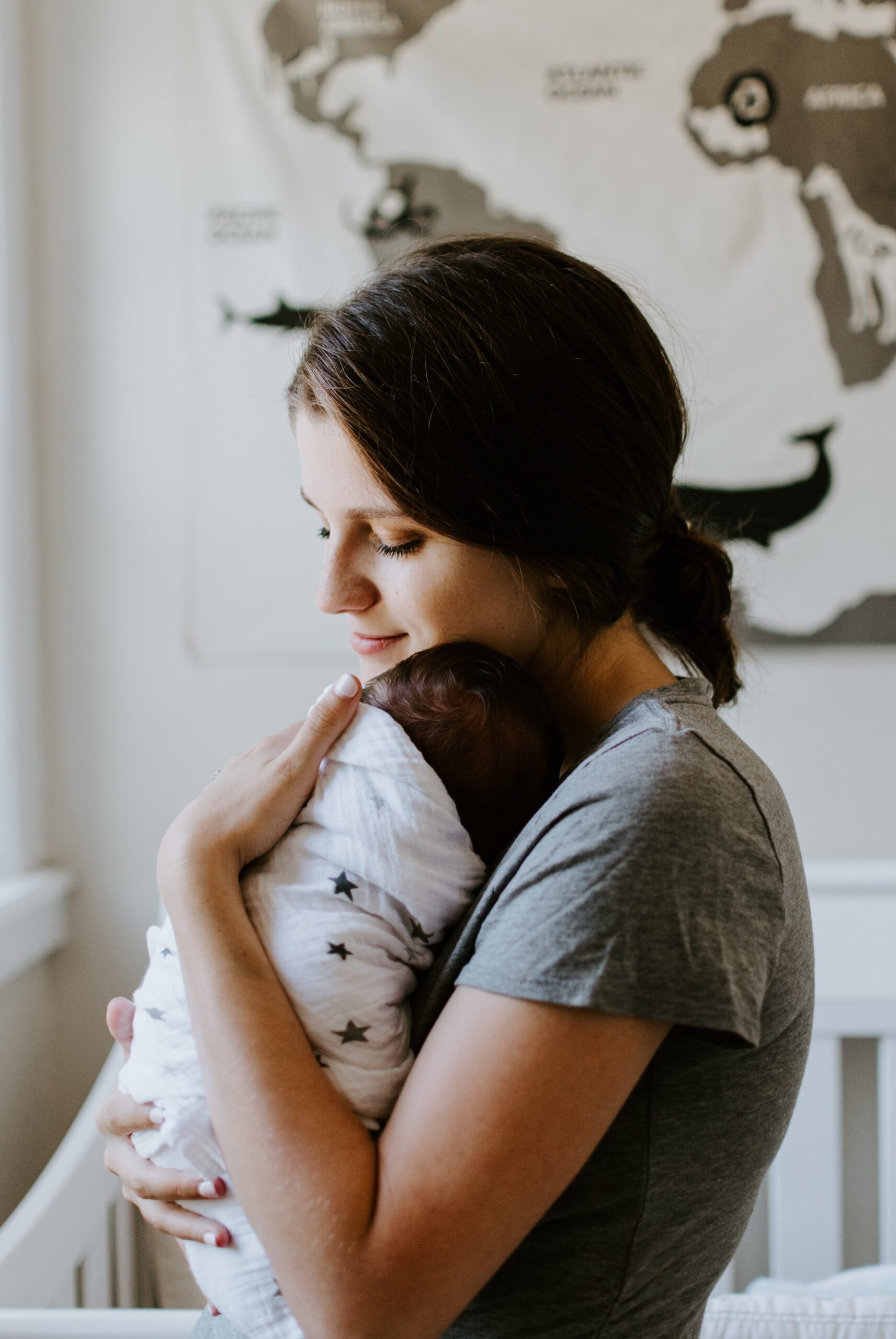
What Makes a Co-Sleeper Safe? (What You Should Look For When Buying)
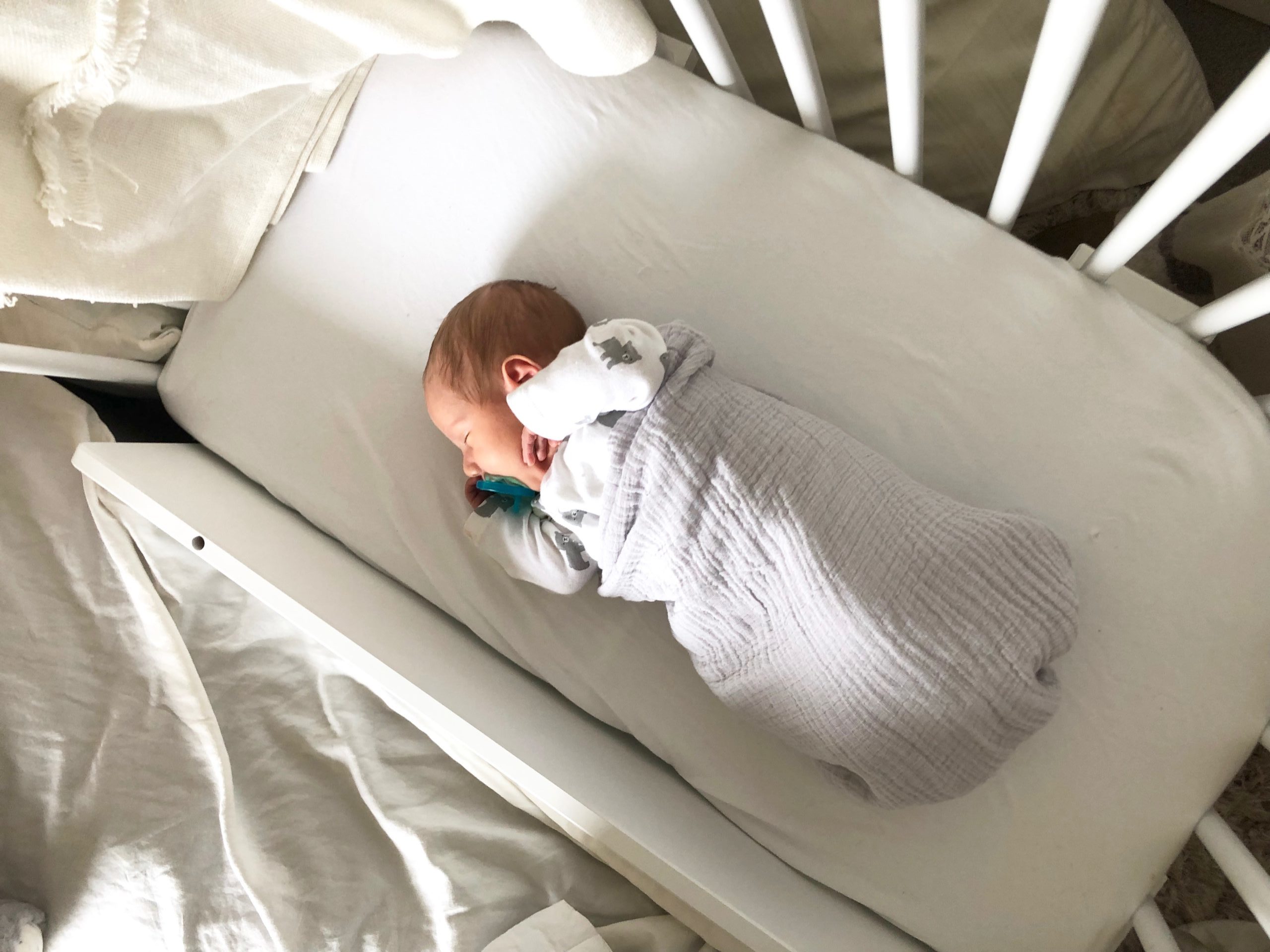
What Is Co-Sleeping and How Do I Know if It’s Right for My Baby?
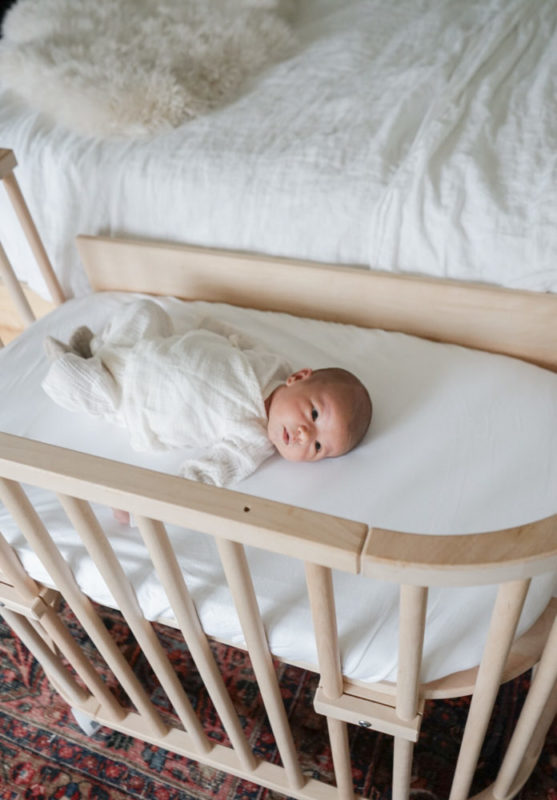
What Age is Co-Sleeping Safe for Your Baby?
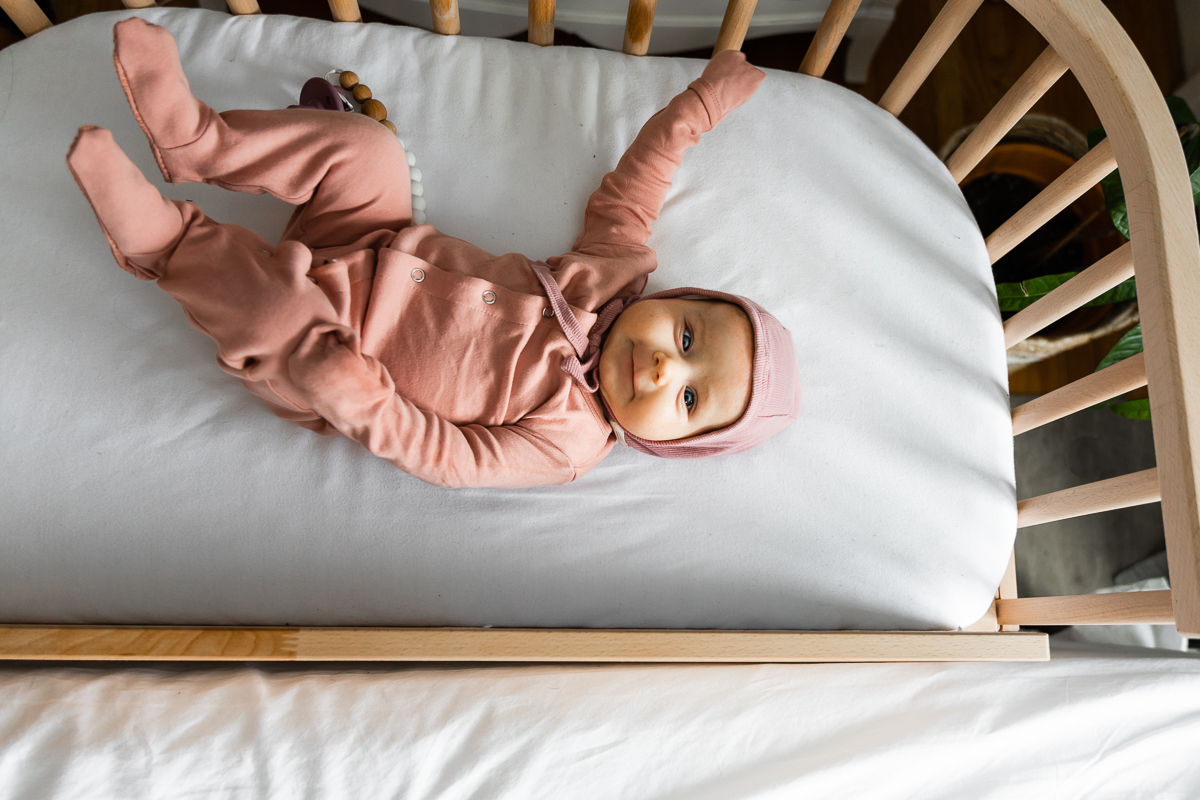
Baby Separation Anxiety & Sleep: How to Ease Anxiousness and Get Quality Rest
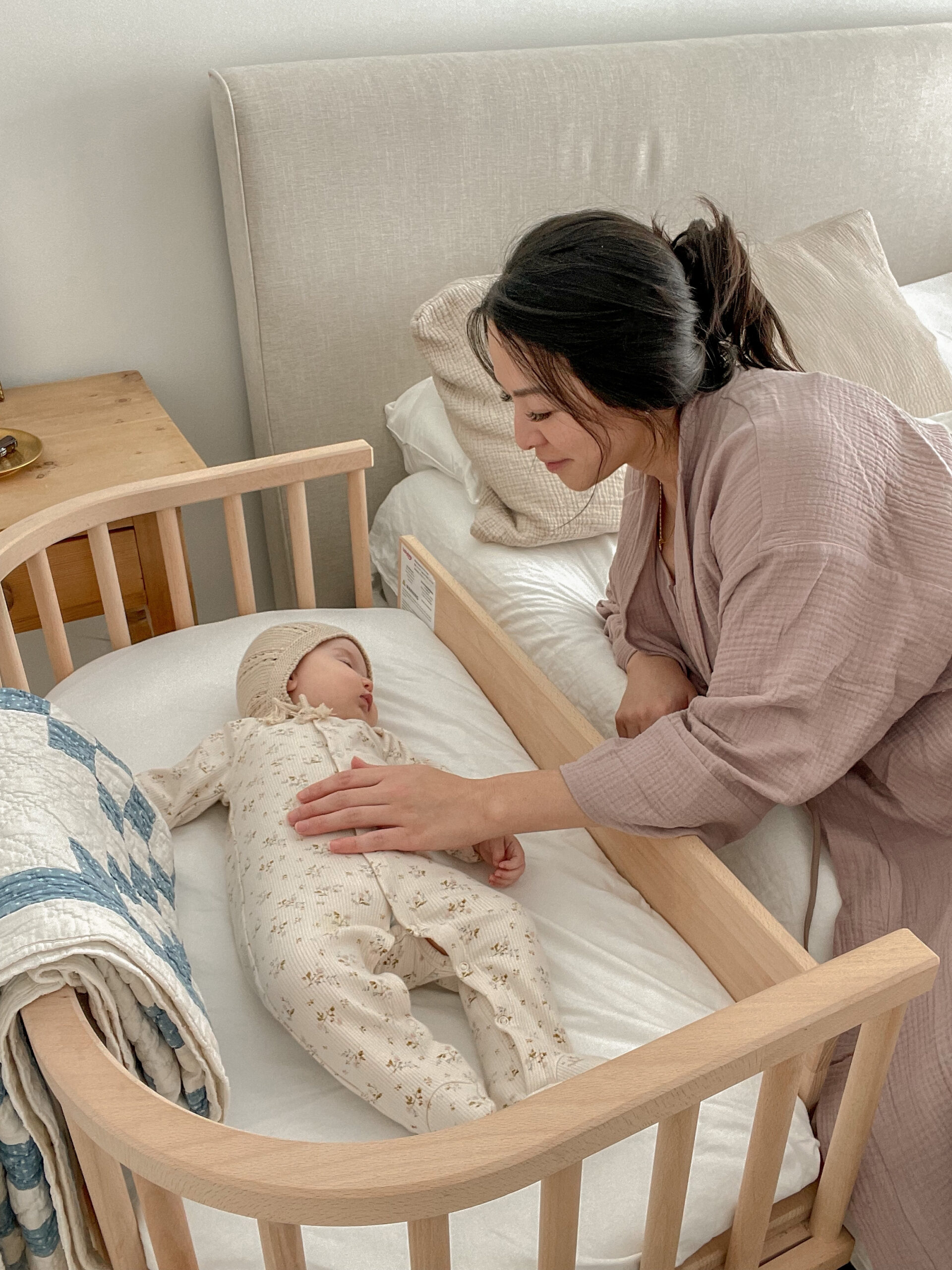
Why Is My Baby Fighting Sleep? (And What Can I Do About It?)
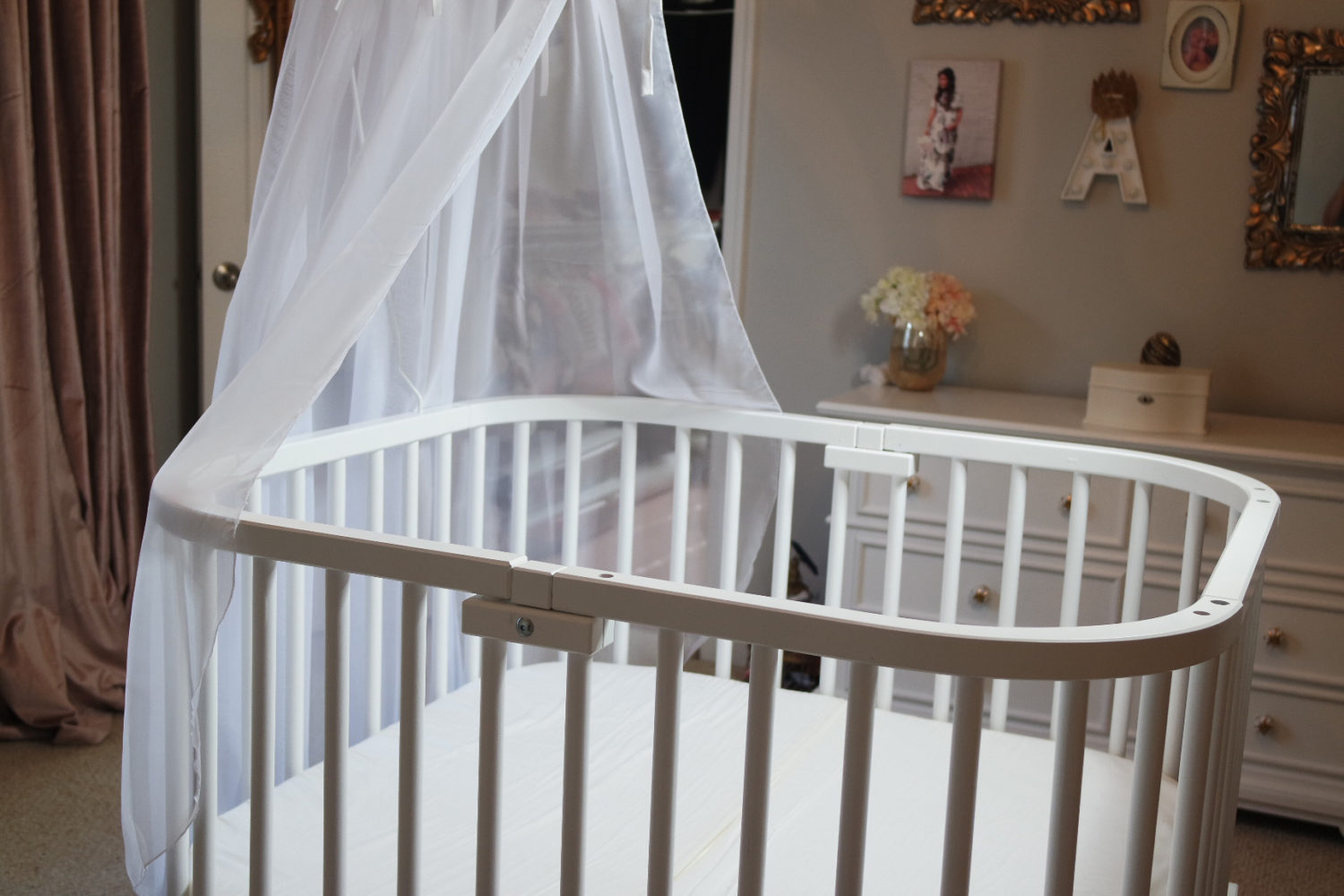
How to Stop Co-Sleeping: A Step-by-Step Guide for Easing the Transition
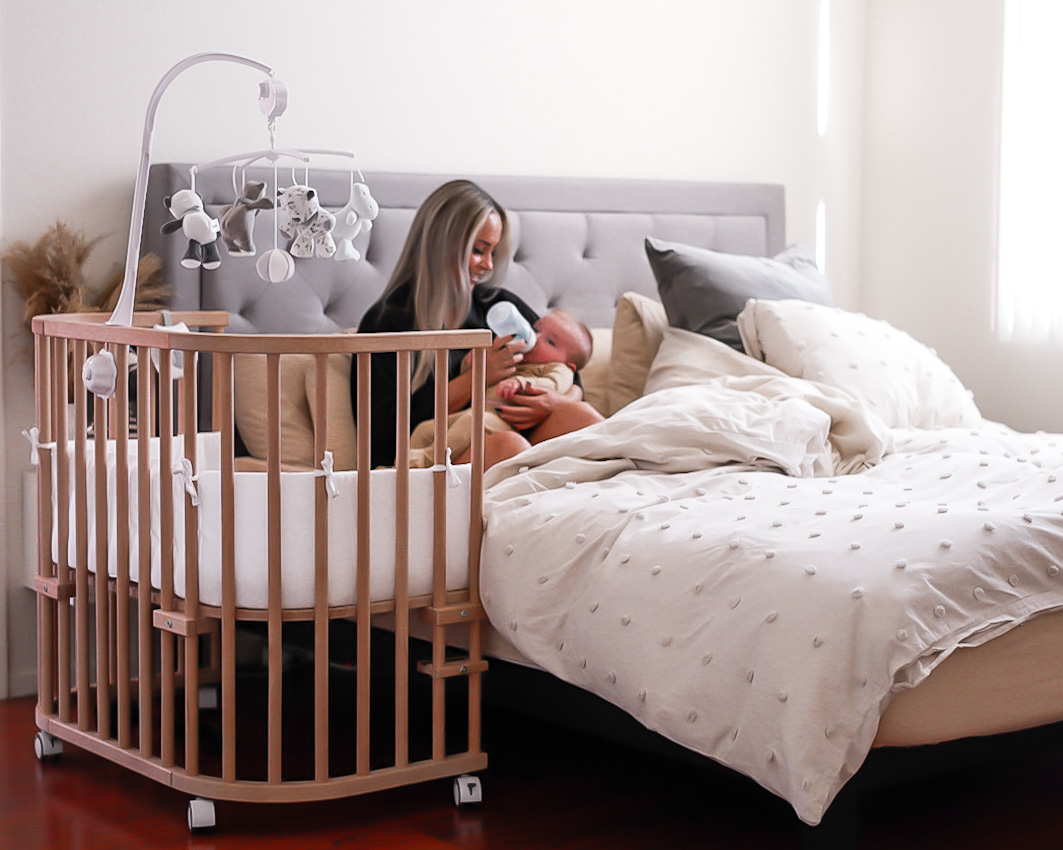
How to Co-Sleep With Your Newborn Baby (As Safely as Possible)
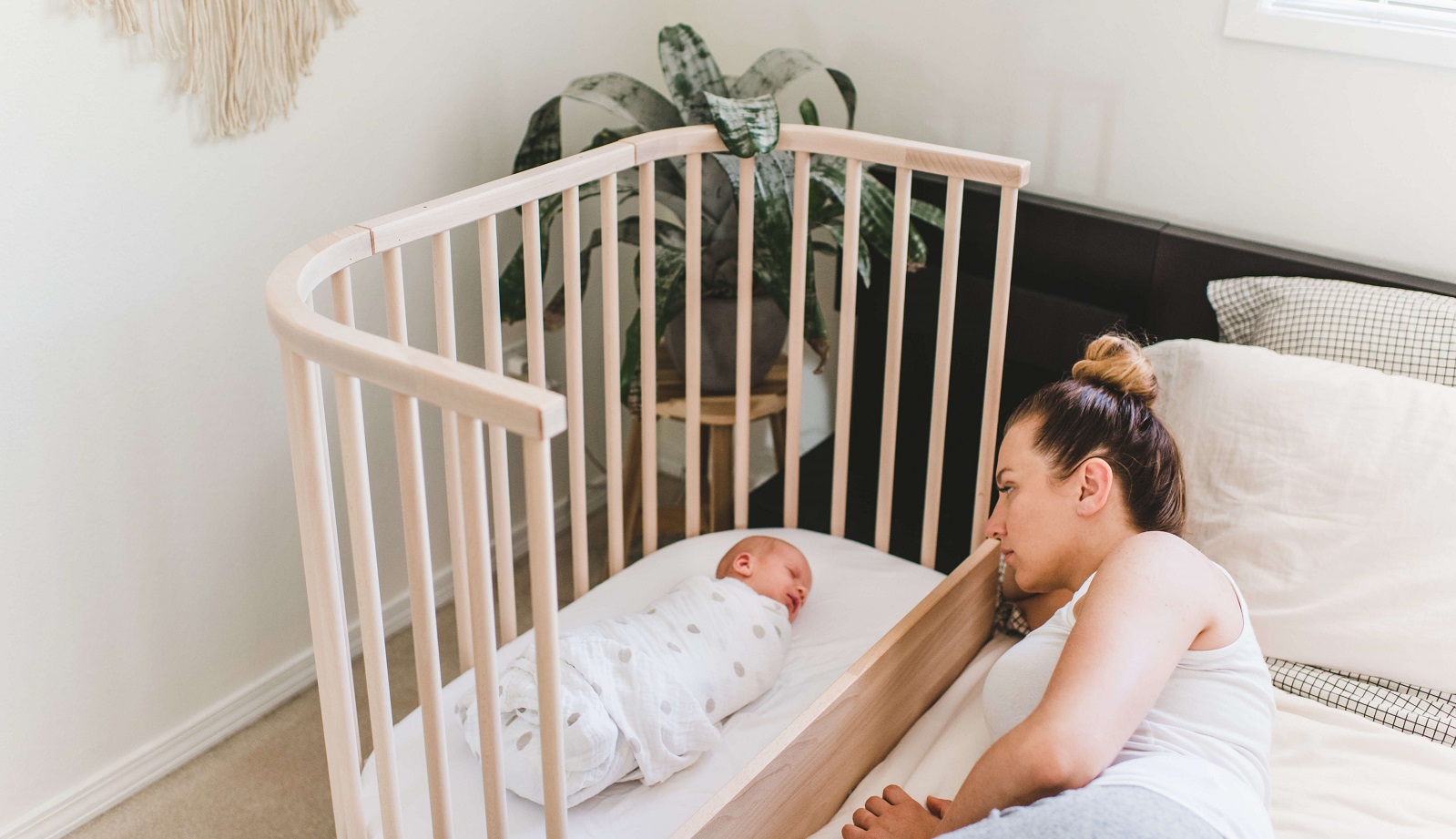
Is Co-Sleeping Bad? Let’s Talk About It
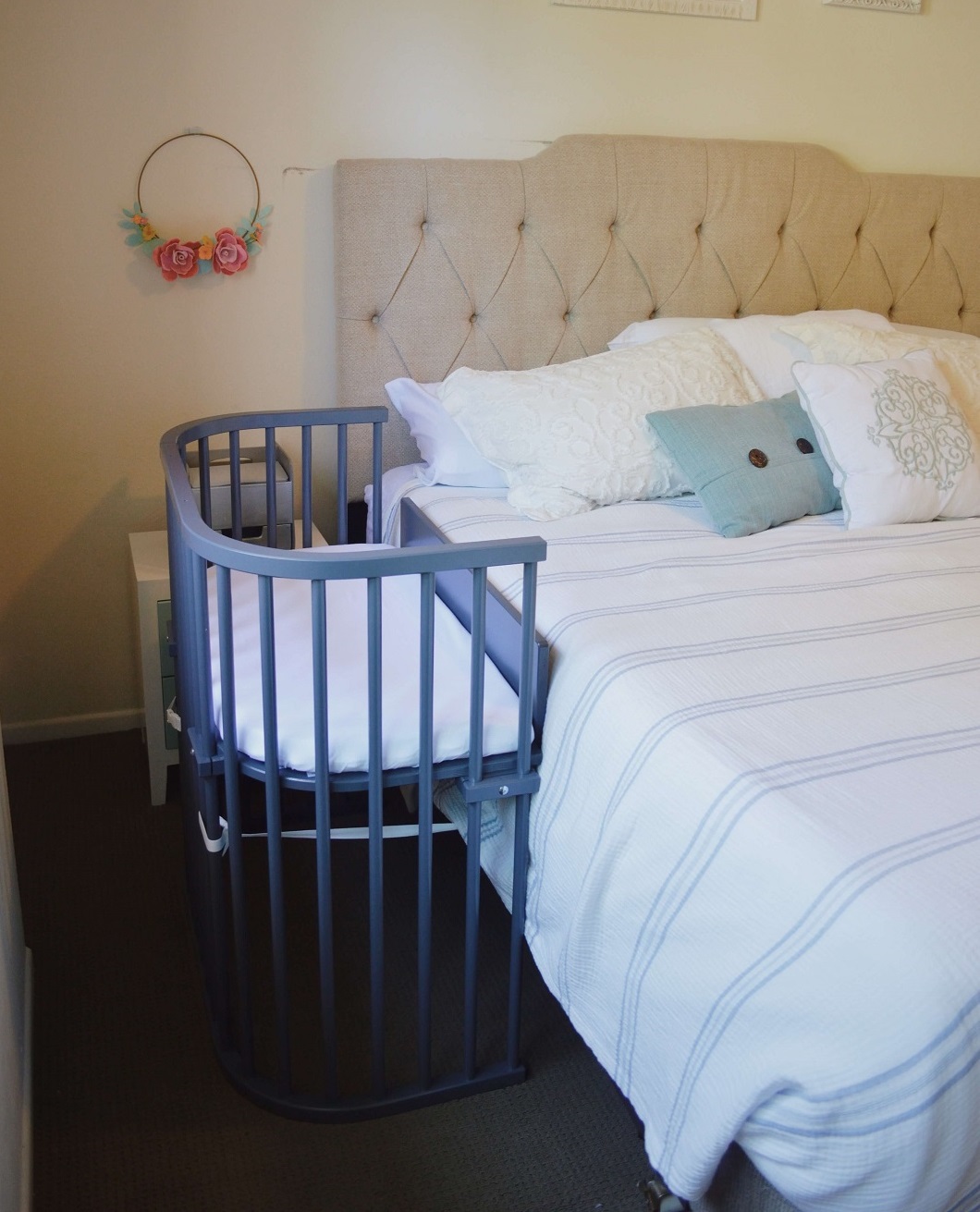
When Is It Safe to Co-Sleep with My Baby?
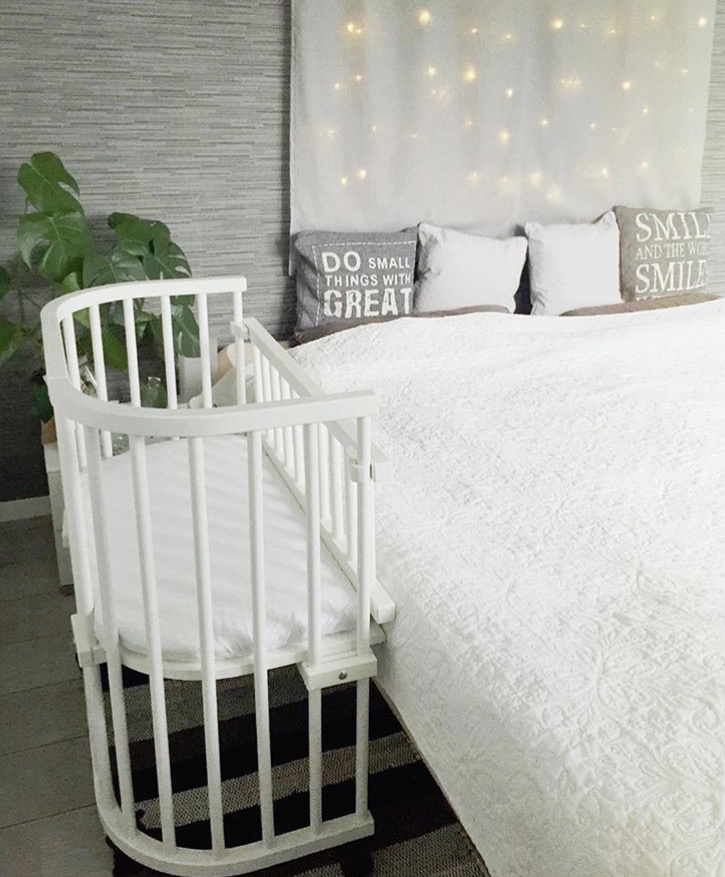
How to Easily Transition Your Baby from Co-Sleeping to Crib
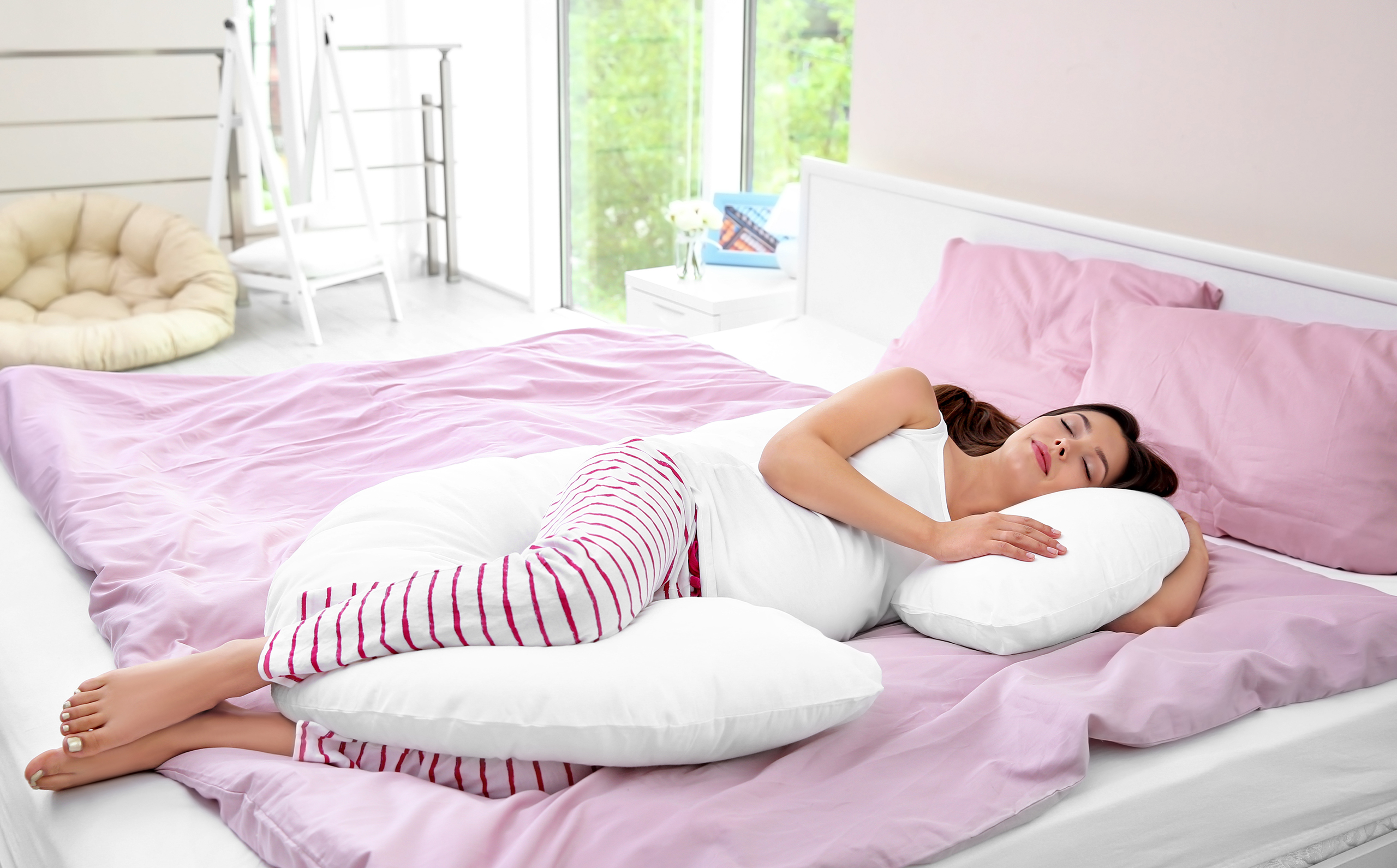
Sleep with Pregnancy Pillow: Best Positions to Get Good Rest
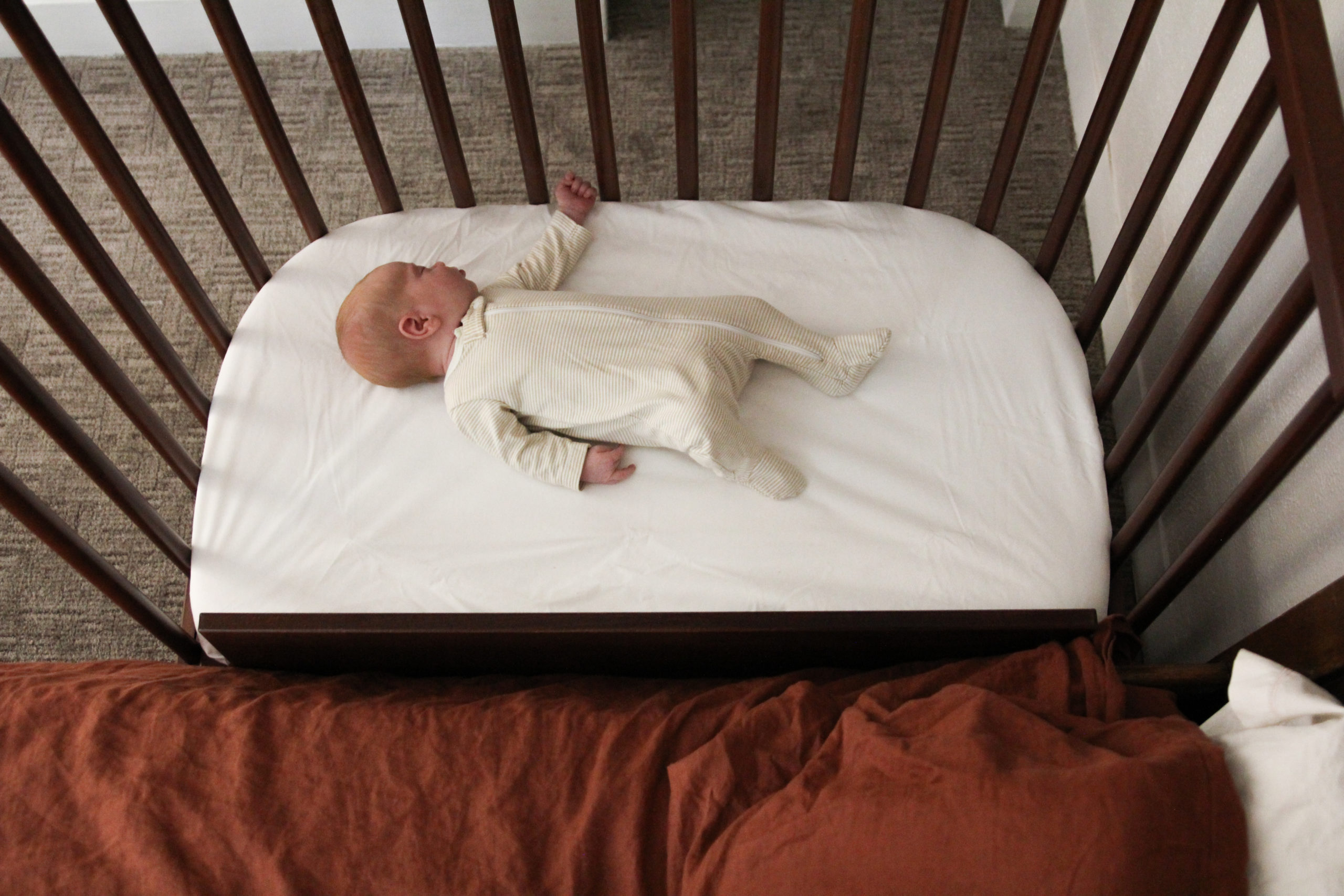
Why Is My Baby Crying in Sleep Suddenly (Reasons and Remedies!)

How to Recognize Baby Sleep Cues
